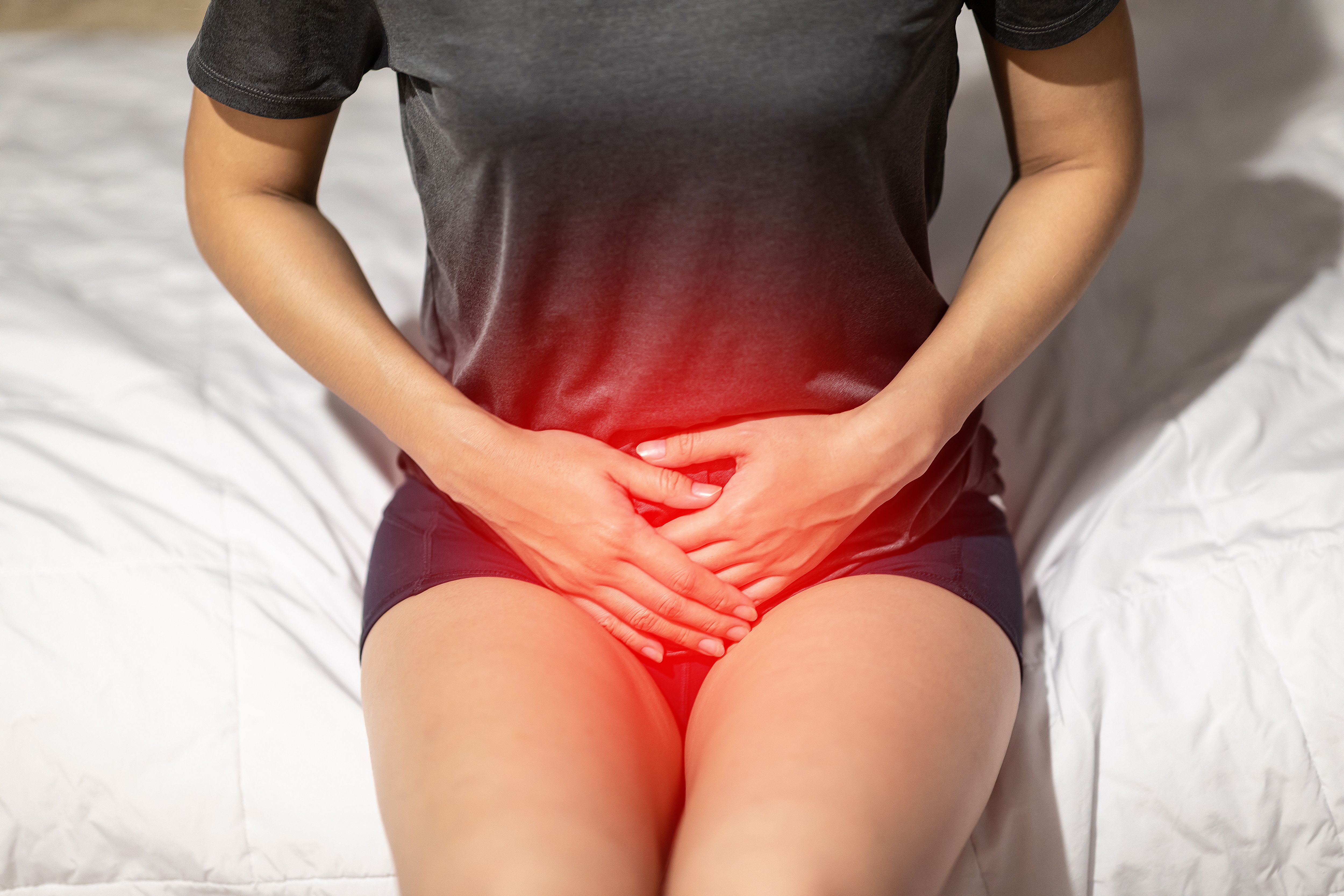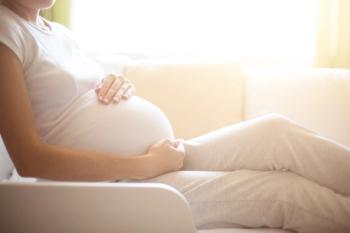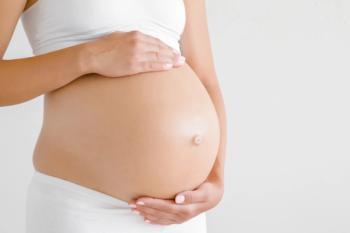
Urology
Latest News

Latest Videos

CME Content
More News

The advisory committee meeting will discuss the potential approval of oral sulopenem etzadroxil/probenecid tablets for treating urinary tract infections in women aged 18 years and older.

A new pilot study published in the International Urogynecology Journal found that Materna Medical’s Prep Device, a pelvic floor dilator, reduced full levator ani muscle avulsion during vaginal delivery in first-time mothers.

A study found that both synthetic and nonsynthetic slings show similar success rates for treating stress urinary incontinence in women, with synthetic slings demonstrating improved operative outcomes and reduced complications.

The third and final episode in our series looks at what is in the pipeline as well as a discussion around FDA guidance.

Review some of the top stories from the Contemporary OB/GYN website over the last week, and catch up on anything you may have missed.

The second episode in our series looks to address clinical management in a time when antimicrobial resistance appears to be growing.

Review some of the top stories from the Contemporary OB/GYN website over the last week, and catch up on anything you may have missed.

This series looks to discuss several topics around these infections including diagnosis, treatment, challenges in managing UTIs in patients with dementia and neurogenic bladders, antibiotic resistance, and considerations for patients and caregiver engagement.

A recent study found that urinary incontinence does not impact cognitive performance in individuals aged under 70 years old.

Mubashir S. Billah, MD, discusses a study presented at the 2024 AUA Annual Meeting, which evaluates the efficacy of AI-generated summaries against traditional human-written summaries in the field of incontinence research.

A recent study reveals that daily d-mannose supplementation does not reduce the incidence of recurrent urinary tract infections in women.

Review some of the top stories from the Contemporary OB/GYN website over the last week, and catch up on anything you may have missed.

A recent shed light on how ethnic minority groups perceive pelvic floor disorders, highlighting barriers to treatment seeking and the importance of raising awareness about available treatment options.

Dive into the intricate landscape of testosterone therapy prescriptions among women with hypoactive sexual desire disorder, revealing diverse patterns in duration, administration routes, and estrogen co-administration.

Discover the findings of a comprehensive study exploring the efficacy of various treatments for postmenopausal urinary incontinence, shedding light on the current research gap and recommending avenues for future investigation.

A pair of studies from AUA 2024 show neither drinking nor vaping by either parent is associated with significantly increased risk of a spontaneous abortion.

Review some of the top stories from the Contemporary OB/GYN website over the last week, and catch up on anything you may have missed.

Explore the efficacy of Pivya (pivmecillinam; Utility Therapeutics) tablets in managing uncomplicated urinary tract infections in female adults, supported by controlled clinical trials and safety considerations.

Review some of the top stories from the Contemporary OB/GYN website over the last week, and catch up on anything you may have missed.

A recent study reveals the efficacy of a cognitive behavior therapy program, showcasing significant improvements in health-related quality of life among women grappling with moderate to severe overactive bladder.

A recent study suggests that restrictive opioid prescribing protocols post-urogynecologic surgery are as effective as standard protocols, emphasizing the importance of multimodal analgesia and outpatient follow-up for patient satisfaction.

A recent meta-analysis challenged common clinical assumptions, finding no increased risk of stress urinary incontinence recurrence or need for reoperation after subsequent pregnancy and childbirth following a midurethral sling procedure.

A recent study demonstrated the superior efficacy of cefepime–taniborbactam over meropenem for managing complicated urinary tract infections, suggesting a promising treatment option amid rising antibiotic resistance challenges.

Experts close their panel on OAB by identifying treatment pathways for patients who have an unsatisfactory response to third-line therapy.















